Windows system requirements
As successful as Microsoft Windows has been over the years, one of the key factors in making the Microsoft operating system run well on any computer is to meet or beat the Windows system requirements outlined by Microsoft. However, the software maker would notoriously underestimated these specifications, so the minimums were rarely enough to get decent performance out of Windows computer. The systems guide below should provide the information you need no matter which version of Windows you are running on your hardware.
Windows system requirements from Windows 3.1 to Windows 10
Here is a history of all Windows system requirements from Windows 3.1 to Windows 10.
Windows 3.1 system requirements
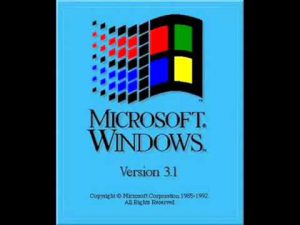
- 100% IBM compatible computer
- 80386 or higher processor aka a “386” system
- 2MB or better RAM
- 8MB Hard disk drive space
- 3.5 inch or 5.25 inch floppy disc drive
- VGA video
- Keyboard and Mouse
- DOS 3.1 or higher
Windows 3.11 for WorkGroups system requirements
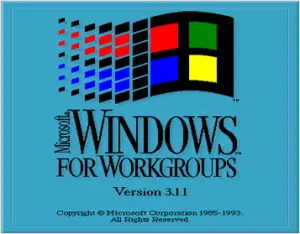
- 100% IBM compatible computer
- 80386 or higher processor aka a “386” system
- 3 MB or better RAM
- 14 MB Hard disk drive space
- 3.5 inch or 5.25 inch floppy disc drive
- VGA video
- Keyboard and Mouse
- DOS 3.3 or higher
Where to buy Windows 3.11:
It is a collector’s item now, but Windows 3.11 it is still available for sale on eBay:
Microsoft Windows 95 system requirements
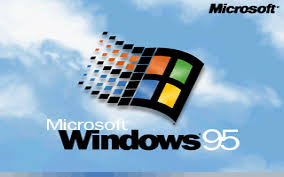
- Personal computer with a 386DX or better processor (486 is recommended)
- 4 MB of memory (8 MB is recommended)
- Hard disk space: 35 to 40 MB (to upgrade). This varies based on which features you select to install.
- Hard disk space required to install Windows 95 on a clean system: 50-55 MB. Can vary based on which features are selected for installation.
- 1 x 3.5 inch high-density floppy disk drive
- Video: VGA or higher resolution (recommended: 256-color SVGA)
Where to buy Windows 95:
Believe it or not Windows 95 it is still available for sale on eBay:
Windows 98 system requirements
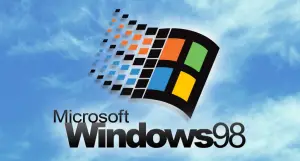
- 100% IBM compatible computer
- 486DX/66 MHz or better processor
Where to buy Windows 98:
Yes, a copy of Windows 98 it is still available for sale – get it on eBay:
Windows Me system requirements
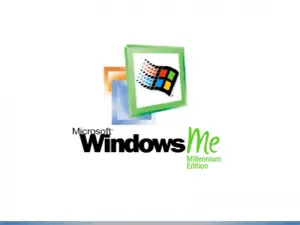
- Pentium 150-MHz processor or better
- 32 megabytes (MB) of RAM or better
- Minimum 320 MB of free hard-disk space
- CD-ROM or DVD-ROM drive
- 3.5-inch high-density floppy disk drive
- Microsoft Mouse or compatible pointing device
- Video adapter and monitor that support VGA or higher resolution
- Sound card
- Speakers or headphones
The system requirements vary depending based on which features of Windows Millennium you want to use. For example, if you want to work with Movie Maker, the recommended system requirements are as follows:
- 56.6-KBps modem or faster with current Internet connection (Windows Movie Maker option)
- CD-ROM drive
- Sound card
- Speakers or headphones
- Microsoft Mouse or compatible pointing device
- SVGA Monitor (*VGA monitor)
- Pentium II 300-MHz processor or better (*Pentium 150 MHz)
- 64 MB of RAM (*32 MB)
- 2 GB of free hard-disk space (*320 MB)
- Good quality microphone (Windows Movie Maker option)
- Video capture device (Windows Movie Maker option)
*Minimum requirements
Where to buy Windows Me:
Windows XP system requirements
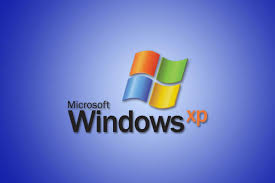
Here are the minimum system requirements to run Windows XP. However, these specs will run your computer at very slow pace. For much better performance you will want more processor and RAM for Windows XP to run well.
Windows XP Home Edition:
- Pentium 233-megahertz (MHz) processor or faster, however 300 MHz is highly recommended
- At least 64 megabytes (MB) of RAM although 128 MB is recommended to get decent performance
- At least 1.5 gigabytes (GB) of available space on the hard disk
- CD-ROM or DVD-ROM drive
- Keyboard and a Microsoft Mouse or some other compatible pointing device
- Video adapter and monitor with Super VGA (800 x 600) and preferably or higher resolution
- Sound card
- Speakers or headphones
Where to buy Windows XP Pro Edition:
Windows XP Professional:
- Pentium 233-megahertz (MHz) processor or faster and 300 MHz is highly recommended
- At least 64 megabytes (MB) of RAM but 128 MB is recommended.
- At least 1.5 gigabytes (GB) of available space on the hard disk
- CD-ROM or DVD-ROM drive
- Keyboard and a Microsoft Mouse or compatible mouse or pointing device
- Video adapter and monitor with Super VGA (800 x 600) or higher resolution
- Sound card
- Speakers or headphones
Where to buy Windows XP Home Edition:
Windows Vista system requirements
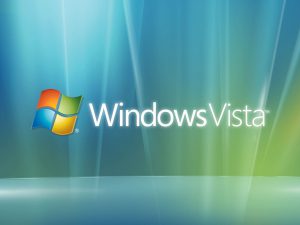
- 1-gigahertz (GHz) 32-bit (x86) processor or 1-GHz 64-bit (x64) processor
- 1 GB of system memory (RAM)
- Windows Aero-capable graphics card
- 128 MB of graphics memory (minimum)
- 40-GB hard disk that has 15 GB of free hard disk space
- Internal or external DVD drive
- Internet access capability
- Audio output capability
Source: http://support.microsoft.com/kb/919183
Windows 7 system requirements
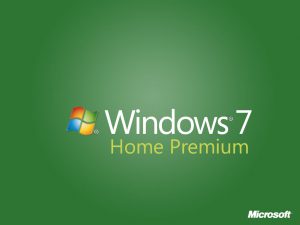
- 1 GHz or faster 32-bit (x86) or 64-bit (x64) processor
- 1 GB RAM (32-bit) or 2 GB RAM (64-bit)
- 16 GB available hard disk space (32-bit) or 20 GB (64-bit)
- DirectX 9 graphics device with WDDM 1.0 or higher driver
Additional recommendations and specs for Windows 7:
- An Internet connection is recommended.
- Depending on resolution, video playback will require additional memory and advanced graphics hardware
- Select games and programs may require a graphics card compatible with DirectX 10 or higher for best performance
- Windows Media Center functionality requires a TV tuner and additional hardware
- Windows Touch and Tablet PCs require specific hardware
- HomeGroup requires a network and PCs running Windows 7
- DVD/CD authoring requires a compatible optical drive
- BitLocker requires Trusted Platform Module (TPM) 1.2
- BitLocker To Go requires a USB flash drive
- Windows XP Mode requires an additional 1 GB of RAM and plus 15 GB of extra available hard disk space.
- Music and sound require audio output
- PCs with multi-core processors: Windows 7 was designed to work with multi-core processors. All 32-bit versions of Windows 7 support up to 32 processor cores, while 64‑bit versions support up to 256 processor cores.
Where to buy Windows 7
Windows 8 system requirements
- Processor: 1 gigahertz (GHz)* or faster with support for PAE, NX, and SSE2
- RAM: 1 GB for 32-bit OS or 2 GB for 64-bit OS.
- Hard disk space: 16 GB for 32-bit OS or 20 GB for 64-bit OS.
- Graphics card. Microsoft DirectX 9 graphics device with WDDM driver
Where to buy Windows 8:
Windows 10 system requirements
Microsoft Windows 10 released July 29, 2015 has a fairly light processor footprint however requires a lot of RAM.
- 1 GHz or better processor
- Memory: 1 GB of 32-bit OS. 2 GB for 64 bit OS.
- 16 GB for 32 bit OS and 20 GB for 64-bit OS
- Graphics card: DirectX 9 or later with WDDM 1.o driver
- Display 800×600
Where to buy Windows 10
*These links are provided by eBay, [link removed] or other web vendor as part of their affiliate programs.

